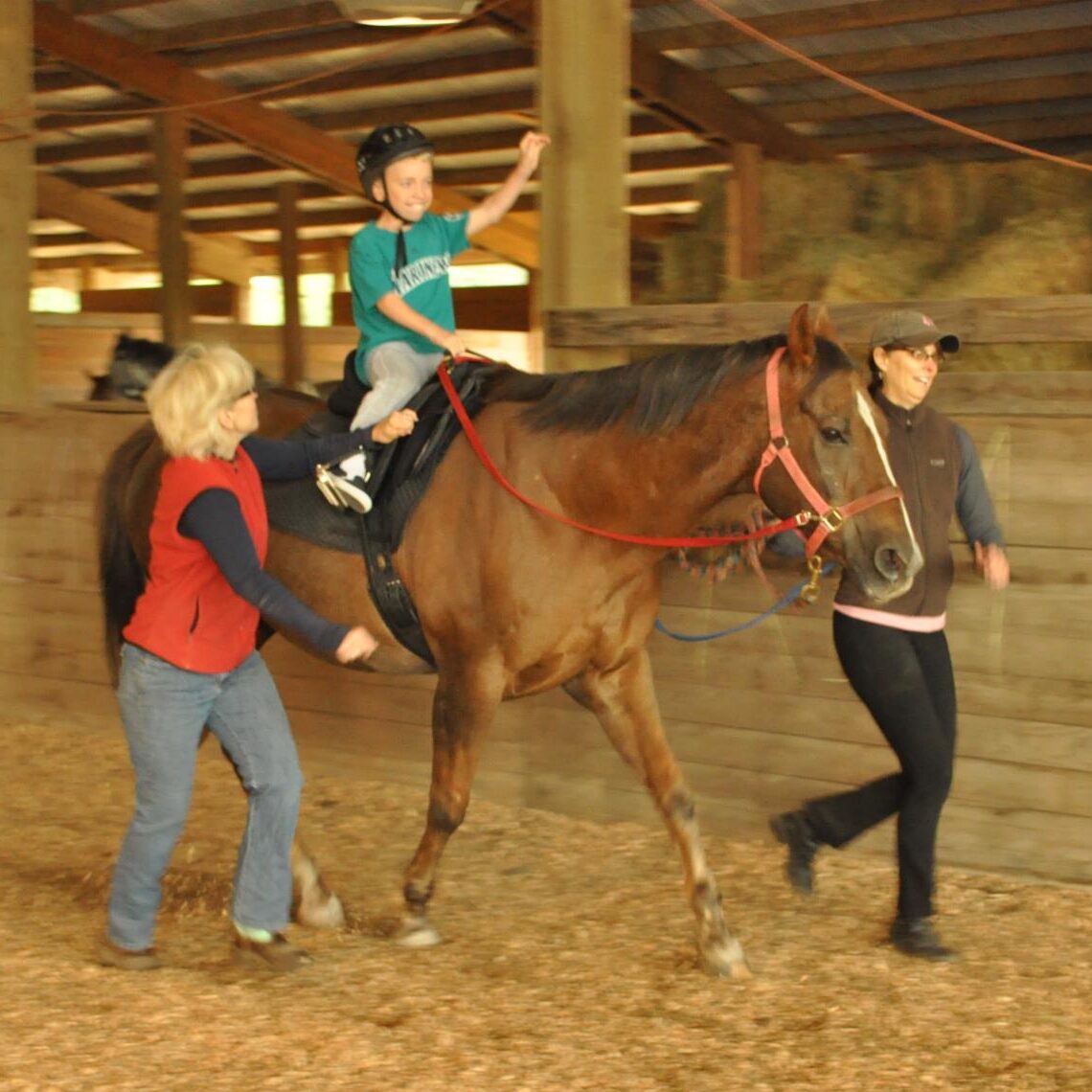Therapeutic Riding Centers: Caretaker & Volunteer Perspective
At our last Microcurrent class we had the pleasure of working with the staff of a local horse therapy (hippotherapy) program that uses horses to help disabled children. It was refreshing to see that they recognized the toll this type of work takes on the horses not only physically but mentally, and that they knew their horses needed more TLC. In therapeutic riding programs there is not only high turnover in volunteers, but with the horses as they tend to get soured towards their job after while.
Several years ago my family had a therapy program that was at our barn, and one of the things that was regularly done to keep the horses happy and preforming their best was microcurrent. Many people think that this type of work is easy for their retired horses, but it is difficult as they are carrying around unbalanced dead weight, as these children have little to no control over their bodies.
When other hippotherapy programs would shut down we would get to go through and pick up horse equipment that we wanted for our program and were offered therapy horses as well. It was painful to see the shape many of these horses were kept in. Poor body score and coat condition, hooves not maintained properly, horses that were very unhappy and in a lot of physical pain. Other times horses would be donated to our program with health and soundness issues not fully disclosed and we had to take on the financial burden of putting the horse out of its suffering because the previous owner didn’t want to be saddled with the task.
When our program eventually closed down, it was a difficult decision of where the therapy horses should go because of the lack of care that takes place in many of these programs. These horses are doing an amazing service for these kids, but in turn they have needs that must be met. In order to receive the best that our horses have to offer, it is important that we give them what they need to do their jobs comfortably and happily.

